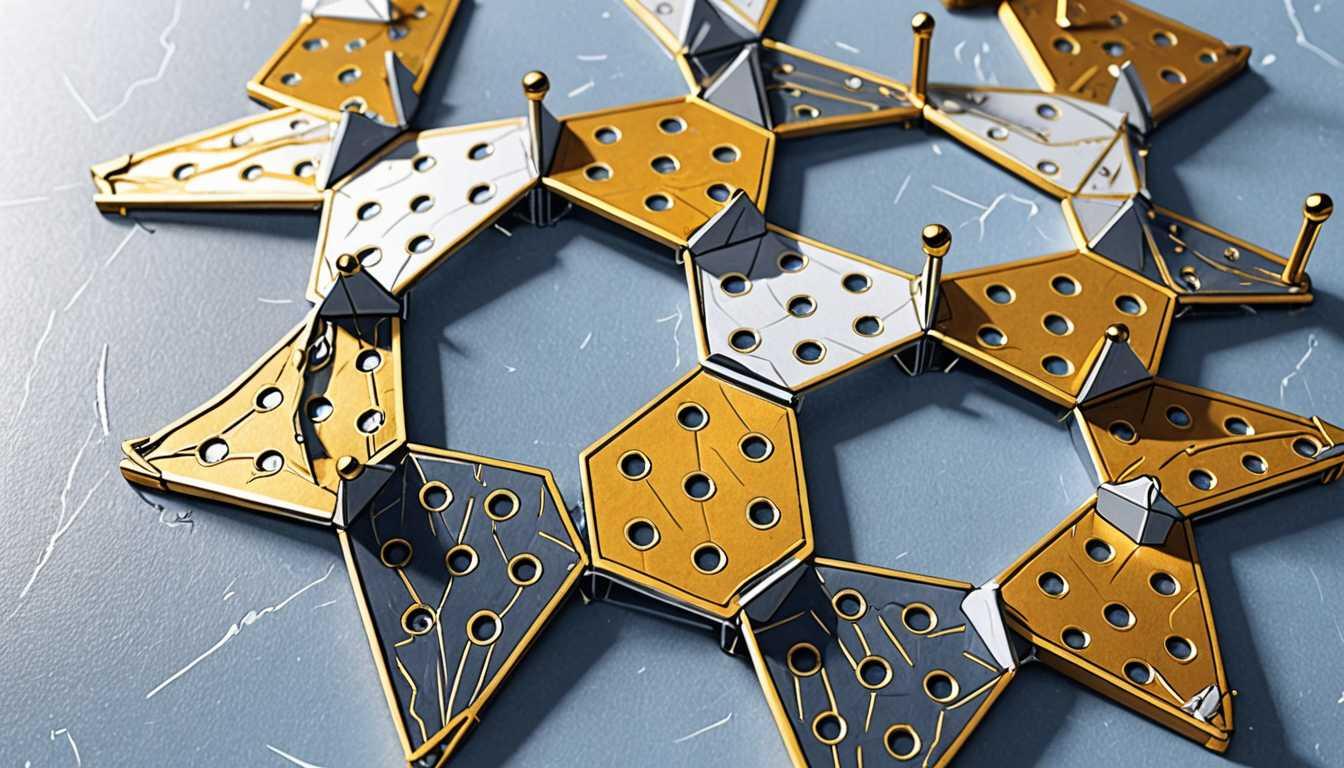Robots Mimic Bumblebee Resilience
March 2023
Massachusetts Institute of Technology (MIT)
Introduction
Ever wondered if robots could be as tough as bumblebees? Well, MIT researchers are on it, developing bug-sized robots that can still buzz around even after taking some serious hits to their wings! Inspired by bumblebees, which can fly with damaged wings, these tiny tech wonders use special repair techniques to sustain and recover from wing actuator damage. Imagine a robot still flying after getting 20% of its wing tip snipped off! Dive into the buzz of these resilient robots and see how close science is getting to mimicking the natural world. It's like Transformers meets A Bug's Life - but with real science!
READ FULL ARTICLEWhy It Matters
Discover how this topic shapes your world and future
Buzzing Through Breakthroughs - How Tiny Robots Mimic Nature's Flyers
Imagine a world where tiny robots can explore dangerous areas, assist in disaster recovery, or pollinate crops just like bees, even after getting damaged. That's not a scene from a sci-fi movie; it's becoming a reality thanks to some clever scientists inspired by bumblebees' resilience. Bumblebees, despite their clumsy flying and frequent collisions, can keep buzzing around with damaged wings. Similarly, researchers have developed ways to help tiny robots keep flying even after significant wing damage. This breakthrough matters because it could revolutionize how we approach challenging tasks in hazardous environments, making tiny robots more reliable and versatile helpers. For you, this could mean a future where robots help in ways we've only dreamed of, making the impossible possible.
Speak like a Scholar
Actuators
Devices that move or control a mechanism or system, like the muscles that help these tiny robots' wings flap.
Dielectric elastomer actuators (DEAs)
A type of actuator made from a rubbery material that can change shape when an electric voltage is applied, mimicking natural muscle movement.
Self-clearing
A process where applying high voltage to an actuator disconnects the local electrode around a defect, isolating the failure and allowing the device to continue working.
Carbon nanotubes
Extremely tiny, tube-shaped structures made of carbon atoms that are known for their strength and electrical conductivity, used in the robot's actuators.
Electroluminescent particles
Particles that emit light when an electric current passes through them, used by researchers to check the functionality of repaired actuators.
Yaw angle
The angle that describes the direction a flying object is pointing, relative to a reference direction like north; controlling this helps with navigation.
Independent Research Ideas
Exploring the impact of wing design on robot resilience
Investigate how different wing shapes and materials affect a robot's ability to withstand damage and maintain flight. This could lead to designs that are even more resilient and efficient.
The role of self-repairing materials in future technology
Delve into the development and potential applications of materials that can self-repair after damage, not just in robotics but in electronics, aerospace, and more.
Biological inspiration in robotics
Examine how other aspects of insect physiology, beyond wing resilience, can inspire robotic designs. For example, how ant colony algorithms could improve robot swarm navigation.
Environmental impact of deploying swarms of micro-robots
Assess the ecological implications of using tiny robots for tasks like pollination or search and rescue. Could they disrupt natural ecosystems, or might they offer a sustainable alternative to current practices?
Ethical considerations in the development of autonomous robots
Reflect on the ethical dimensions of creating robots that can operate independently in natural environments. This includes concerns about privacy, safety, and the potential for unforeseen consequences.
Related Articles

X-AR: Superhero Vision Comes Alive
February 2023
Massachusetts Institute of Technology (MIT)

Microrobots: Revolutionizing Tiny Worlds
November 2022
University of Pennsylvania

MIT Engineers Muscle-Powered Robots
April 2024
Massachusetts Institute of Technology (MIT)

Meet the Crawling Kirigami Robot!
September 2024
Cornell News Highlights

RAnts: Teamwork Without a Plan
December 2022
Harvard University